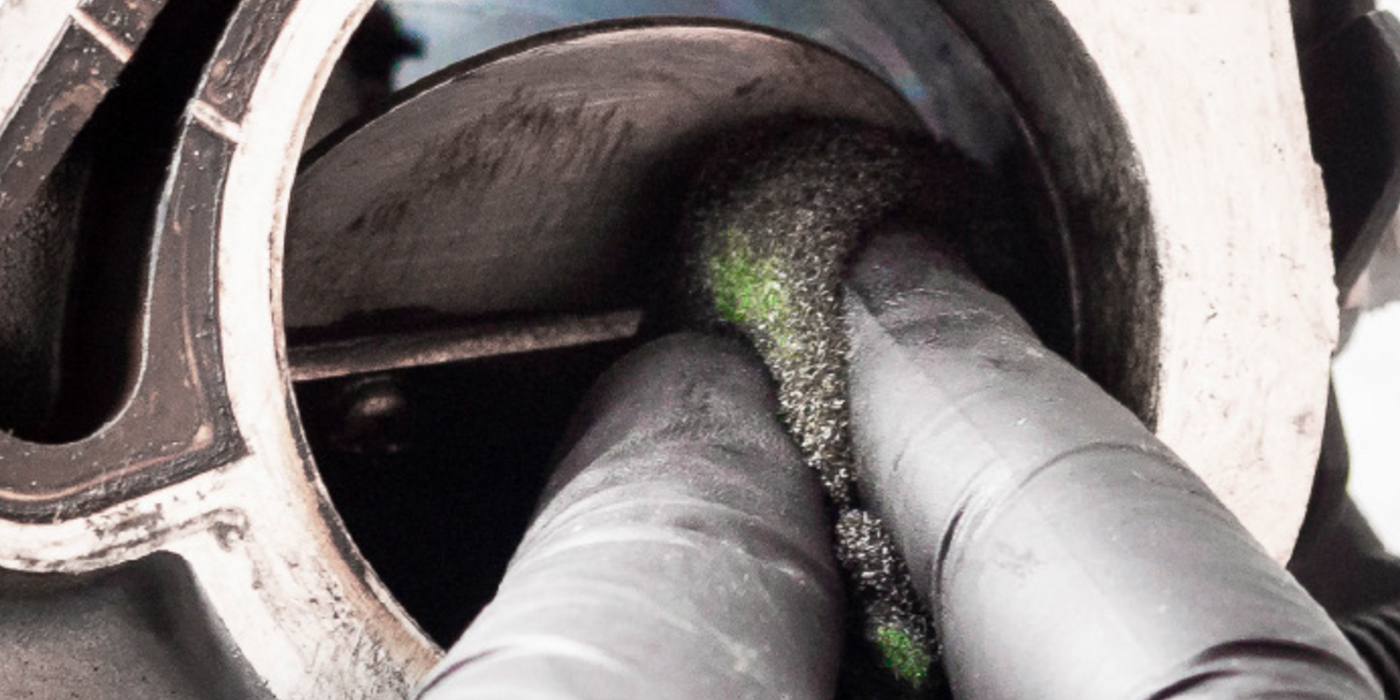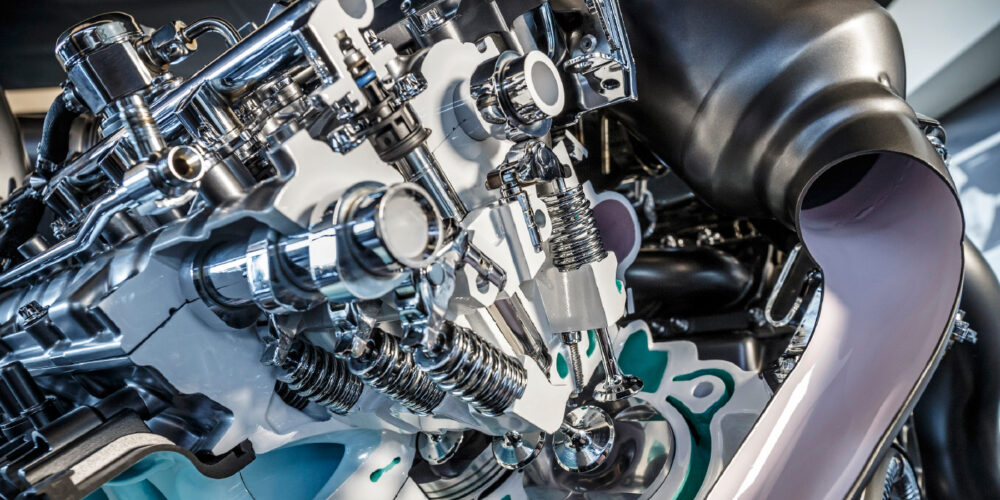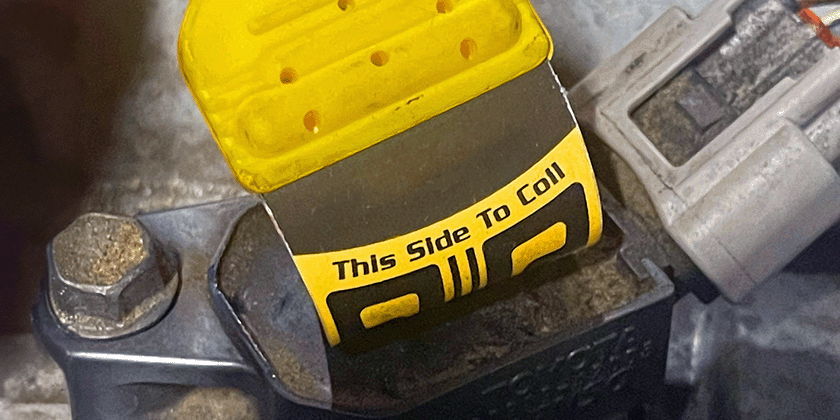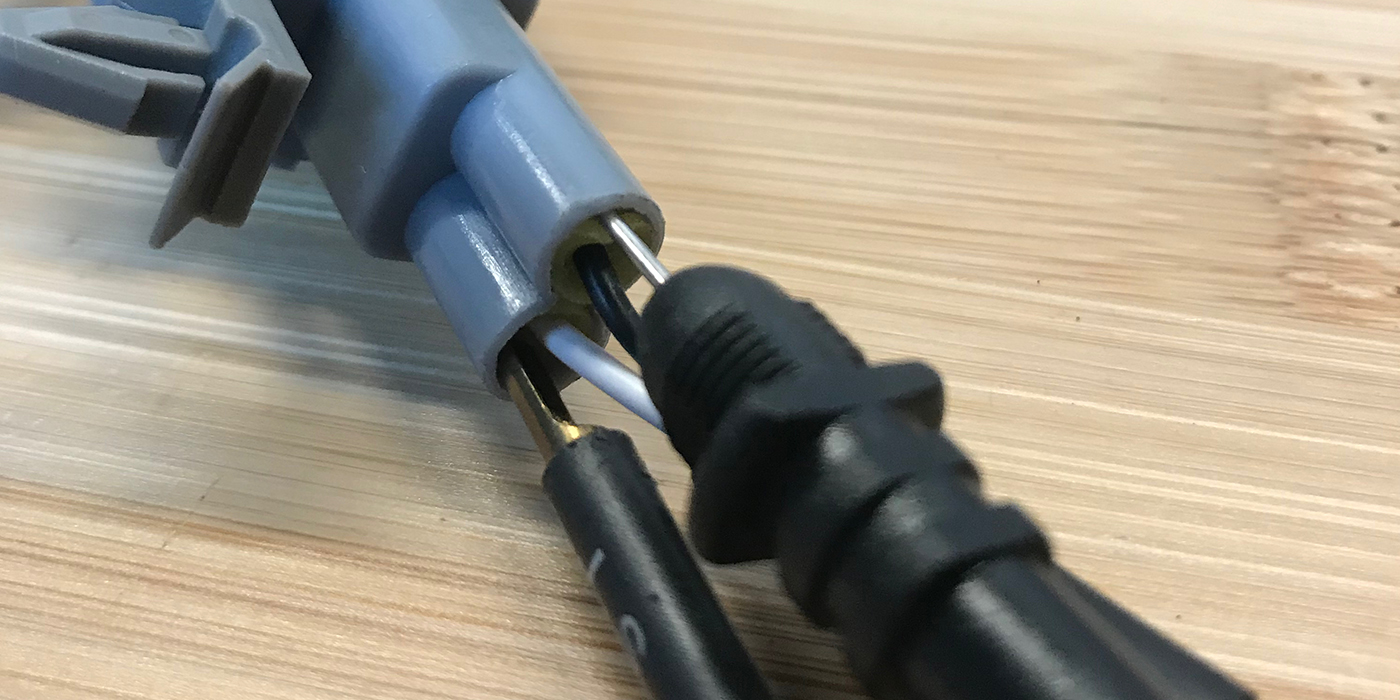
Variable valve timing is becoming a standard system on most late-model engines because it offers higher performance from a smaller displacement engine at higher rpms. Oil plays a larger role in VVT systems. They need engine oil not only for lubrication, but also to actuate the camshafts to change the profile of the lobes.
Oil quality, condition and specifications are critical to the performance of the system. The passages and orifices can be very small and prone to sludging. Also, the oil acts as hydraulic fluid to move the actuators. If the oil does not have the correct viscosity, the behavior of the actuators will change.
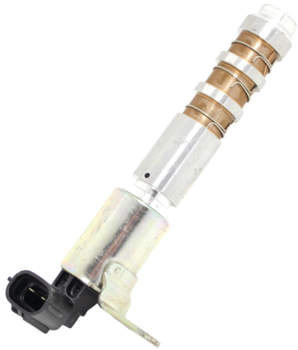 These systems are simple to work with from a diagnostic perspective. Most VVT components are non-serviceable and have integrated sensors, but they are part of a larger diagnostic picture that includes everything from the throttle body to the oxygen sensors.
These systems are simple to work with from a diagnostic perspective. Most VVT components are non-serviceable and have integrated sensors, but they are part of a larger diagnostic picture that includes everything from the throttle body to the oxygen sensors.
The two most common codes I’ve run across are P0011 and P0021, camshaft position sensor “bank 1” and camshaft position sensor “bank 2,” respectively. These codes (like any code) don’t necessarily mean the sensor is faulty, but the diagnostic charts will tell you to look at the VVT system for a fault and check the sensor as well. Some of the common areas to inspect: valve timing, oil control valve, oil control valve filter screen, camshaft timing/gears and the electrical side of the operation as well as the PCM.
The very first step I take before turning nuts and bolts is to check the oil. Dirty oil and the lack of regular oil changes can leave a buildup of sludge or debris in the passages leading to the pressure control valve that operates the VVT. If the oil is dirty and too much sludge accumulates at the valve ports, the sludge can be passed on through the cam and the valve assembly. From there, the oil passages in the cam can be compromised and could result in a cam failure due to scored journals.
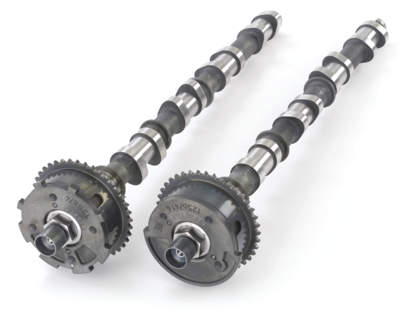 Keep in mind that the VVT system is not operated at a normal driving condition rpm. For example, the Honda VTEC system doesn’t operate below 4,500 rpm. So, if you have someone who never gets the car out on the highway and never changes the oil, there is a potential problem waiting to happen when the car is revved up above 4,500 rpm on its next highway trip.
Keep in mind that the VVT system is not operated at a normal driving condition rpm. For example, the Honda VTEC system doesn’t operate below 4,500 rpm. So, if you have someone who never gets the car out on the highway and never changes the oil, there is a potential problem waiting to happen when the car is revved up above 4,500 rpm on its next highway trip.
Lack of regular maintenance seems to be the big factor in most of these systems. Unlike vehicles from years gone by where certain maintenance issues could be neglected, these newer engines and newer systems require the utmost in care. Stressing this point to your customers and performing the required basic maintenance per the manufacturer’s schedule will safeguard their vehicle and increase your profits.
Code P0521 (oil pressure sensor/switch range/performance) could be an indication of the quality of the engine oil. This might not be the best diagnostic answer, but when I’ve seen this code on several vehicles, the oil was black and neglected. In some cases, the code can also indicate that the wrong type of oil has been used. I wouldn’t use this as the final solution to the VVT problem, but as an indication of things to come.
Most late-model engines are factory filled with multiviscosity 5w-20 or 5w-30 motor oil, but some require 5w-40, 0w-20 or 0w-30. Be sure to follow the viscosity recommendations because many of these engines have tighter bearing clearances that require a lower-viscosity oil for proper lubrication. Thinner oils also improve fuel economy. In some applications, such as the Toyota Prius, using the wrong viscosity oil (too heavy) may set a fault code. On others, an oil that is too heavy may interfere with the normal operation of the VVT system, causing additional fault codes to set.
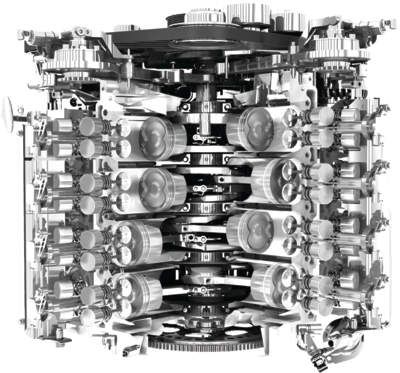 Fortunately, the European and Asian vehicle manufacturers also use the same SAE viscosity ratings as their domestic counterparts, which makes life easier when it comes to choosing an oil that meets a specified viscosity recommendation. The trouble is, not all motor oils actually meet the viscosity ratings that are claimed on the product — and the situation is even worse with bulk oils.
Fortunately, the European and Asian vehicle manufacturers also use the same SAE viscosity ratings as their domestic counterparts, which makes life easier when it comes to choosing an oil that meets a specified viscosity recommendation. The trouble is, not all motor oils actually meet the viscosity ratings that are claimed on the product — and the situation is even worse with bulk oils.
According to a recent API survey of more than 1,800 oil samples purchased from bulk dispenser tanks in quick lube shops across the U.S., nearly 20% (one out of five!) failed to meet API standards. Either the viscosity was incorrect or the additive package failed to meet the claimed performance level.
You should be able to find out which oils are approved for various makes/models/applications by searching the OEM service literature or an aftermarket repair database. Audi and VW have TSBs that cover this subject, but we couldn’t locate similar information from BMW or Mercedes (they may have it, but we couldn’t find it). BMW says it requires its own BMW Long Life 4 motor oil (such as 5w-30, P/N 07510017866), but it doesn’t say what other brands meet its specs.
Once a vehicle is out of warranty, any type of oil can be used provided it meets the vehicle manufacturer’s viscosity recommendations and basic performance requirements. Use the wrong oil, such as a bargain-priced conventional oil in an engine that requires a high-quality, long-life synthetic, and the results could be engine damage or failure.

